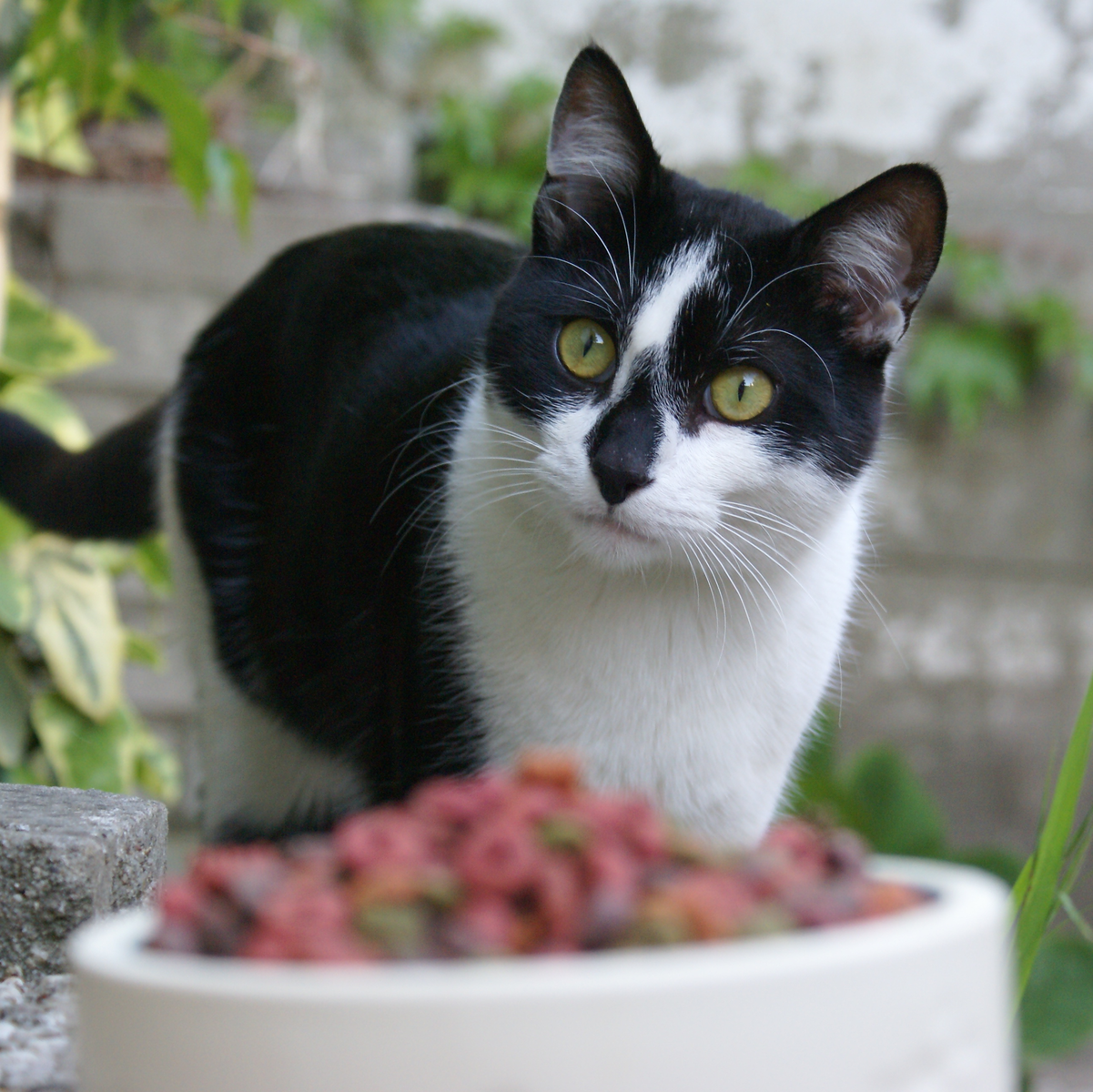Not all US petfoods are correctly labelled

Researchers in Chapman University’s Food Science Program in the US have just published a study on petfood mislabelling, the website Sciencedaily reports. Pork was shown to be the most common undeclared meat species.
The study focused on commercial petfoods marketed for dogs and cats to identify meat species present as well as any instances of mislabelling. Of the 52 products tested, 31 were labelled correctly, 20 were potentially mislabelled, and one contained a non-specific meat ingredient that could not be verified.
“Although regulations exist for petfoods, increases in international trade and globalisation of the food supply have amplified the potential for food fraud to occur,” said Rosalee Hellberg, Ph.D., and co-author on the study. “With the discovery of horsemeat in ground meat products sold for human consumption in several European countries earlier this year, finding horsemeat in US consumer food and petfood products is a concern, which is one of the reasons we wanted to do this study.”
Chicken was the most common meat species found in the petfood products. Pork was the second most common meat species detected, and beef, turkey and lamb followed, respectively. Goose was the least common meat species detected. None of the products tested positive for horsemeat.
Of the 20 potentially mislabelled products, 13 were dog food and 7 were cat food. Of these 20, 16 contained meat species that were not included on the product label, with pork being the most common undeclared meat species. In three of the cases of potential mislabelling, one or two meat species were substituted for other meat species. In the study, DNA was extracted from each product and tested for the presence of eight meat species: beef, goat, lamb, chicken, goose, turkey, pork, and horse.
While a seemingly high percentage of petfoods were found to be potentially mislabelled in this study, the manner in which mislabelling occurred is not clear; nor is it clear as to whether the mislabelling was accidental or intentional and at which point(s) in the production chain it took place.
The study was published in the journal Food Control and was completed with Chapman undergrad student Tara Okuma.











